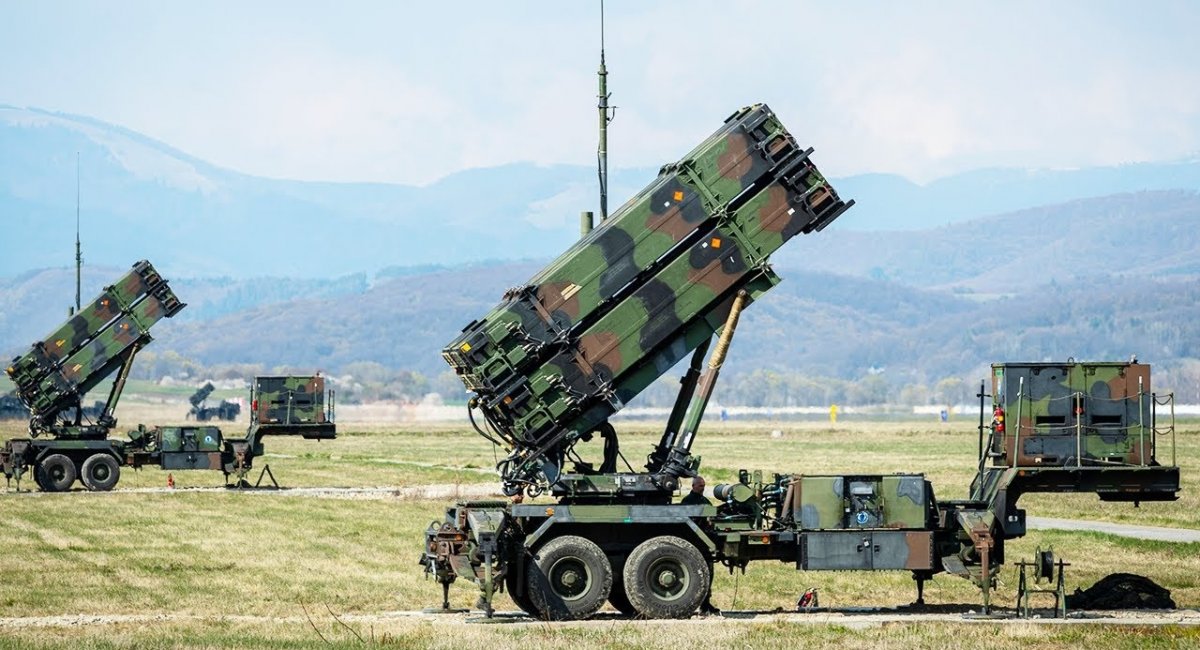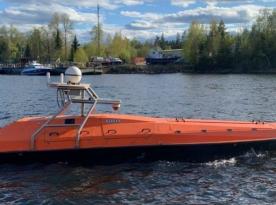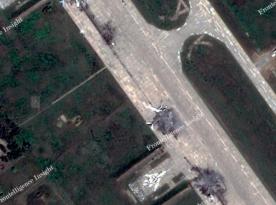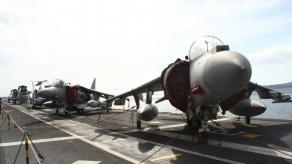The U.S. Department of Defense has published the 2022 National Defense Strategy in which recognized the russian federation as an "acute threat" to its security. It aligns well with the earlier decision of NATO to define russia as "the most significant and direct threat" in the Euro-Atlantic area.
But there is more than just that. By looking closer at the document, we can see some concrete conclusions drawn by the U.S. from the war that russia waged on Ukraine. First, it's about the cruise missile threat.
Read more: U.S. Calls russia an "Acute Threat" to Its Security, Seeks to Improve Defense Against Cruise missiles and Upgrade Nuclear Arsenal
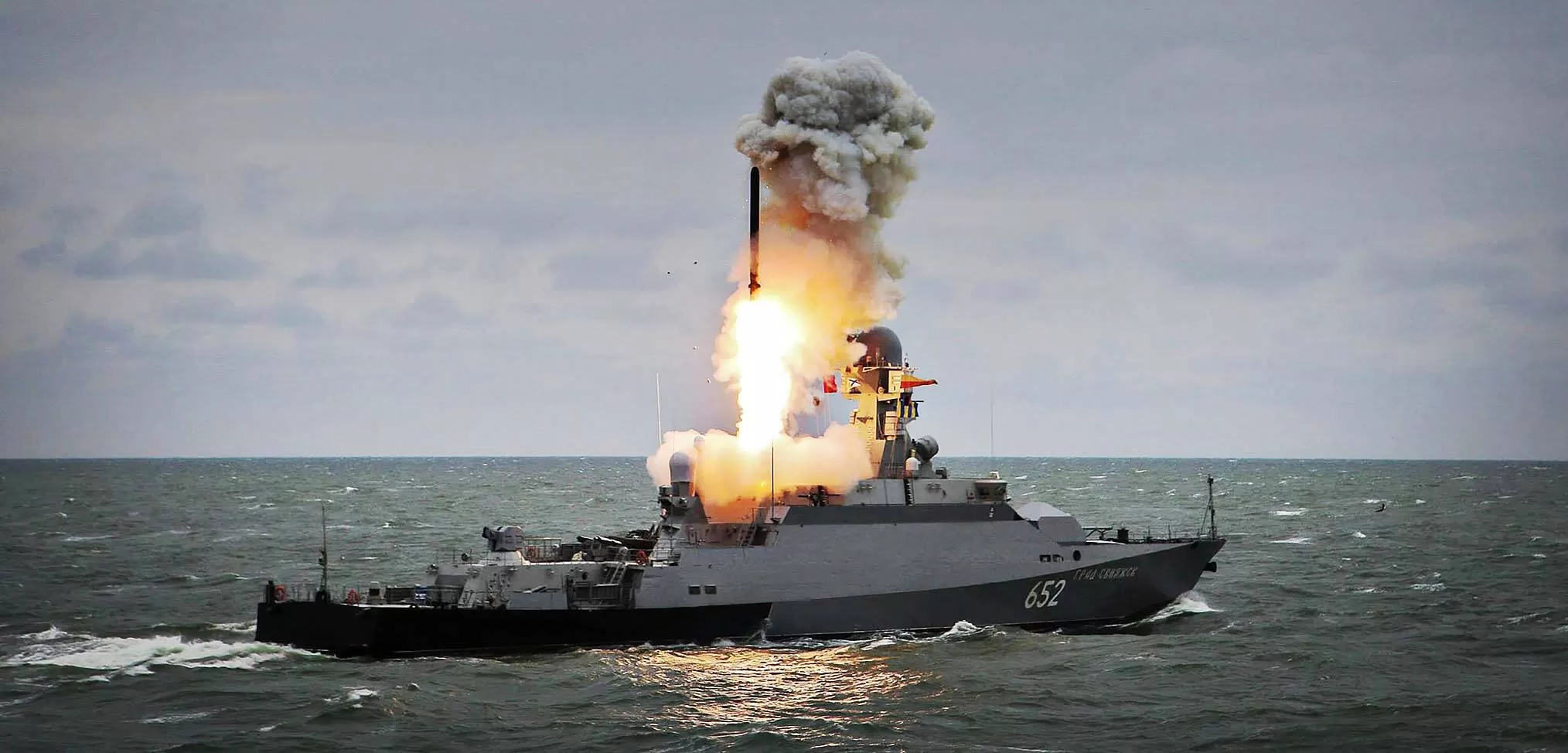
"In Ukraine, Russia has used thousands of air, land, and sea-launched cruise and ballistic missiles, including hypersonic missiles. Current battlefield losses threaten to reduce Russia’s modernized weapons arsenal, and coordinated and wide-ranging economic sanctions and export controls may hinder its future ability to effectively produce modern precision-guided munitions," noted in the strategy.
Still, the Pentagon says, "developing missile defenses against cruise missiles is increasingly vital" as it has looked at thousands of cruise missiles launched on Ukraine. As a reminder, according to Ukrainian officials, in almost eight months of full-scale war, russia has used up two-thirds of its arsenal of high-precision missiles.
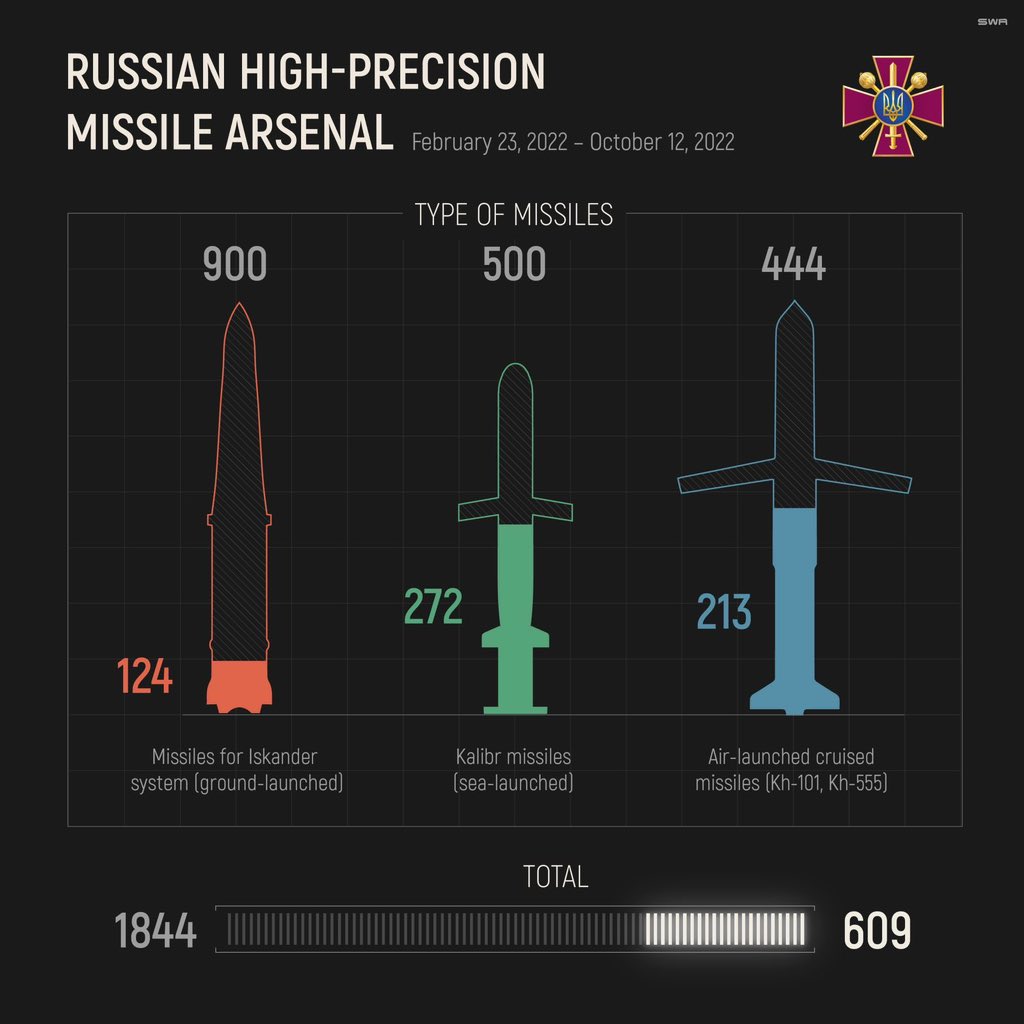
In order to effectively neutralize such a potential threat to their own citizens while still sticking to conventional weapons, the U.S. will "examine active and passive measures to decrease the risk of adversary cruise missile strikes against critical assets in the homeland". In addition, the U.S. is committing to improve its defense against hypersonic missiles and unmanned aerial systems. In particular, the Pentagon noted a tactic of combining kamikaze drones with rockets in an effort to defeat missile defense systems.
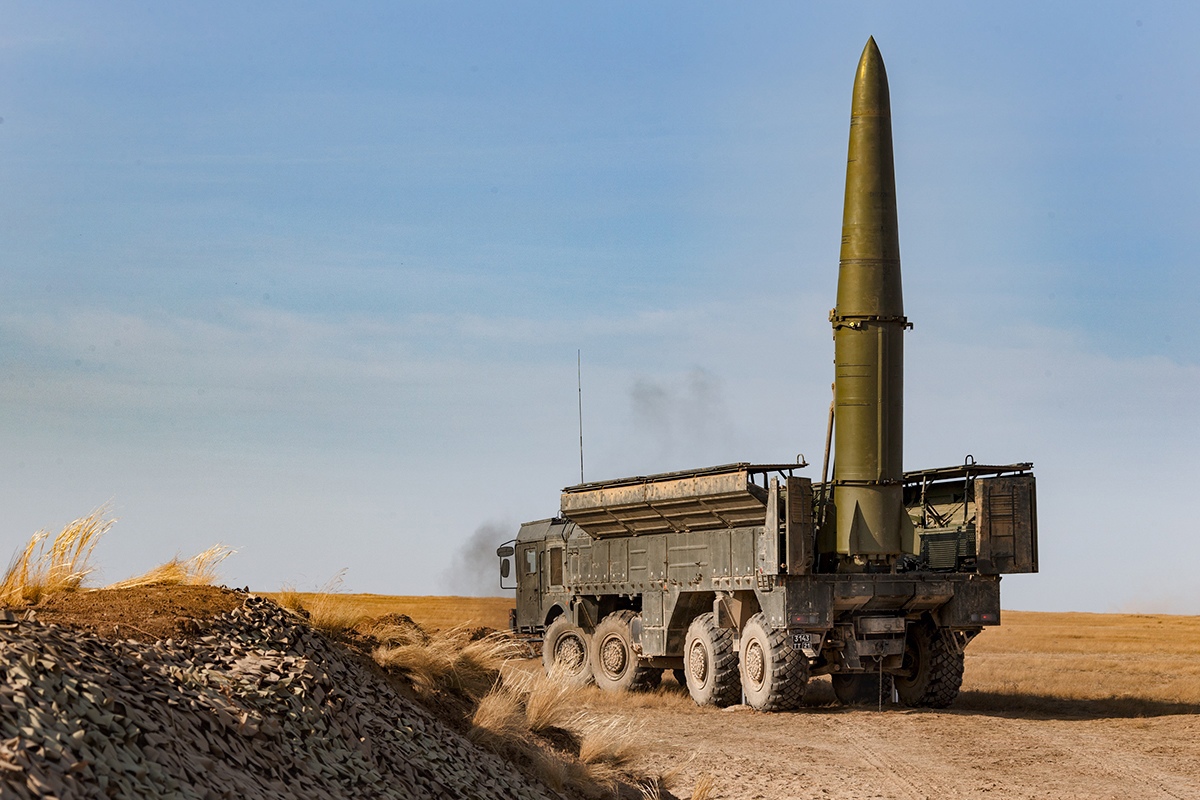
Another conclusion drawn by the United States was connected with russian nuclear blackmail:
"Russia has conducted its aggression against Ukraine under a nuclear shadow characterized by irresponsible saber-rattling, out of cycle nuclear exercises, and false narratives concerning the potential use of weapons of mass destruction. In brandishing Russia’s nuclear arsenal in an attempt to intimidate Ukraine and the North Atlantic Treaty Organization, Russia’s leaders have made clear that they view these weapons as a shield behind which to wage unjustified aggression against their neighbors."
The answer suggested by the Pentagon would be to field capabilities that support regional security, such as dual-capable aircraft (DCA) and low-yield nuclear systems in Europe. This includes transitioning to a new generation of fighter aircraft: replace the aging 4th generation fighter aircraft with the dual-capable fifth-gen F-35A Joint Strike Fighter and equip it with a modernized B61-12 nuclear bomb, the W76-2 warhead; and the Long-Range Standoff (LRSO) weapon.
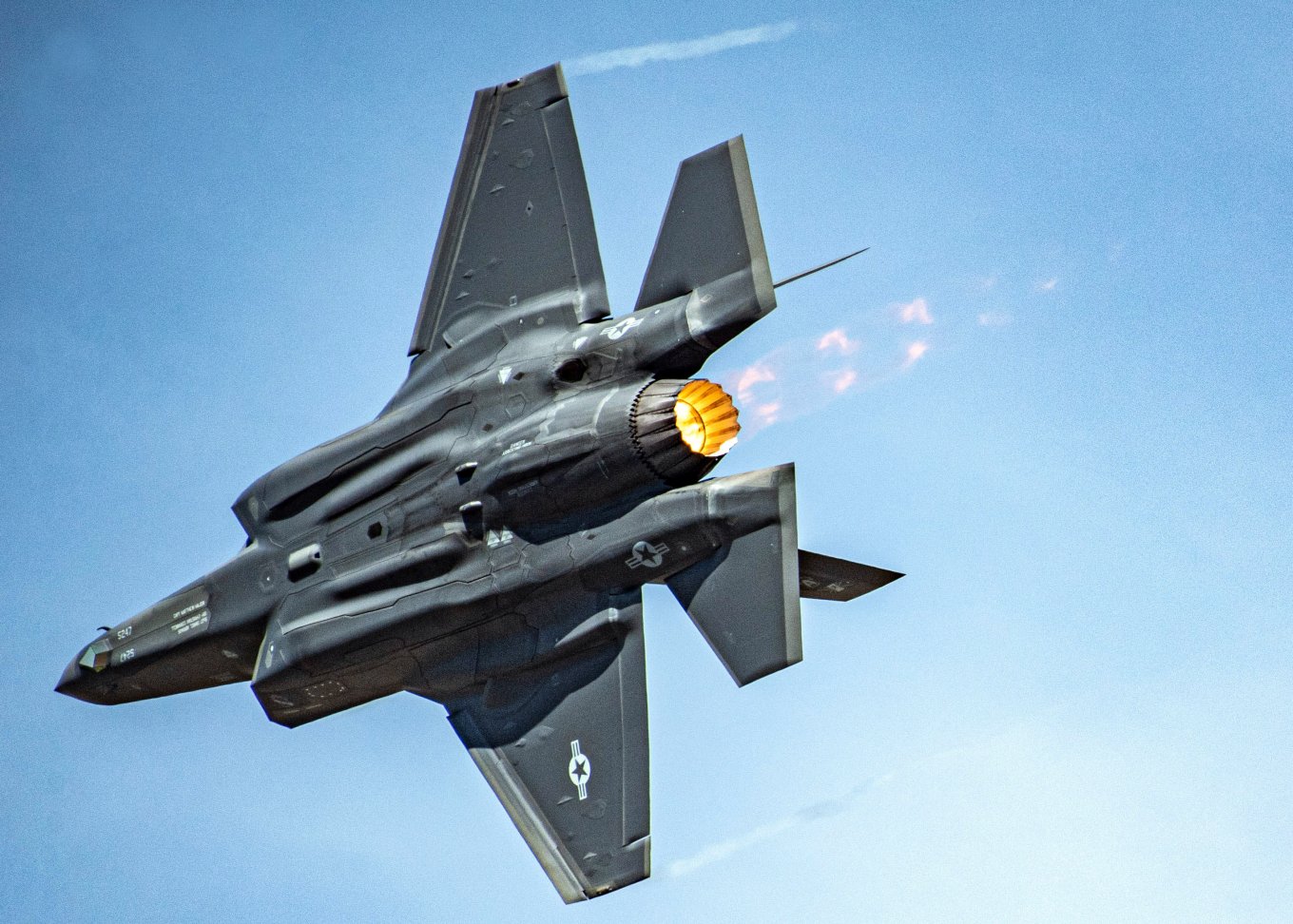
"These flexible, tailorable capabilities are key to ensuring that Russia’s leadership does not miscalculate regarding the consequences of nuclear use on any scale, thereby reducing their confidence in both initiating conventional war against NATO and considering the employment of non-strategic nuclear weapons in such a conflict," reads the NDS document.
This upgrade of regional deterrence forces is part of a larger-scale program on a full-scope modernization for all three legs of the Nuclear Triad that will start "later this decade":
- Ground Leg: The Sentinel intercontinental ballistic missile system will replace the Minuteman III.
- Sea Leg: The COLUMBIA-Class SSBN will replace the OHIO-Class SSBN; and the Trident II D5 Life Extension Program (LEP) 2 will replace the Trident II D5 LEP.
- Air Leg: The B-21 Raider will replace the B-2A Spirit; the Long-Range Standoff Weapon will replace the AGM-86 air-launched cruise missile; and the B-52H Stratofortress will undergo upgrades to its engines and communications systems.
- DCA: The B61-12 Life Extension Program will replace legacy B61 gravity bombs; the F-35A DCA will replace aging U.S. and NATO Ally 4th generation fighter aircraft.
Read more: Two Main Conclusions From Ukraine’s Counteroffensives: How They Reinforced Each Other And the Role of Experienced Commanders In Success




